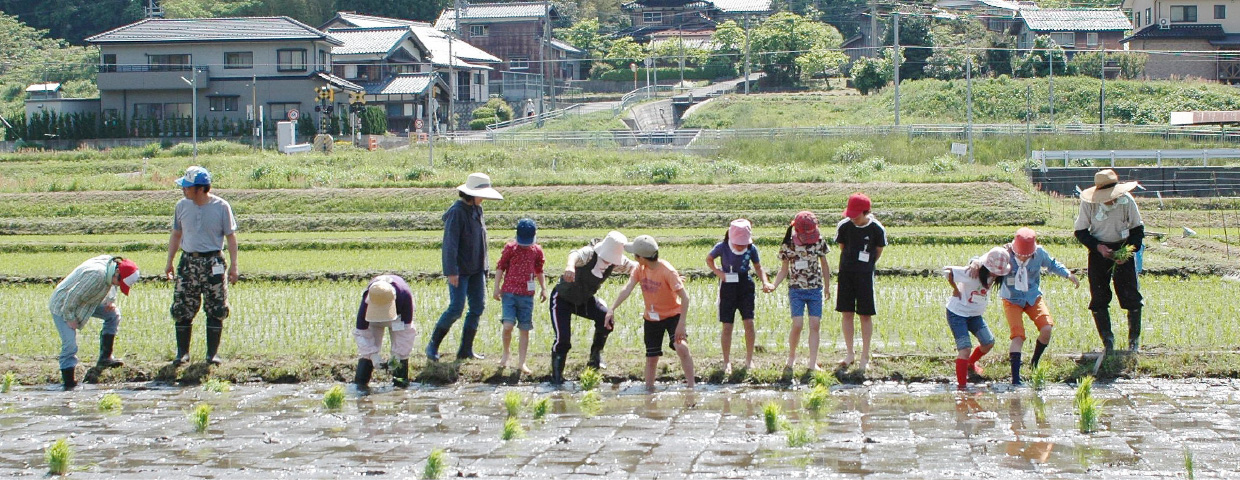NEWS

Webinar Explores Interlinkages Between Biodiversity, Health, and Well-being in SEPLS
2022.05.10
On 27 April 2022 UNU-IAS organised an online seminar exploring the nexus of biodiversity, health, and well-being, with a focus on social and economic drivers in socio-ecological production landscapes and seascapes (SEPLS).
In opening remarks, Tsunao Watanabe (Senior Programme Coordinator, UNU-IAS) noted that the COVID-19 pandemic had highlighted the interconnectedness of health, safety, and nature. He emphasised that socio-ecological production landscapes and seascapes (SEPLS) contributed to the healing of nature through sustainable management and use of natural resources. In 2021 the Secretariat of the International Partnership for the Satoyama Initiative (IPSI), hosted by UNU-IAS, conducted a survey of the partnership’s members in 2021 to understand the pandemic’s impact on SEPLS and to strengthen their resilience.
The first session focused on health and biodiversity and was moderated by Bruno Leles (Programme Associate, UNU-IAS). Cristina Romanelli (Programme Officer, Biodiversity, Climate Change and Health, WHO) provided an overview of knowledge, challenges, and opportunities related to the interconnections between biodiversity and health. She noted that many of the key drivers of biodiversity loss were also exacerbating climate change and poor health outcomes and leading to new infectious disease outbreaks. She emphasised the need to link policies to conservation as a delivery mechanism for collective human and planetary health, and to recognise that humans and their cultural diversity were an integral component of ecosystems.
Evonne Yiu (former Researcher, UNU-IAS) presented the results of the IPSI survey. Despite the many challenges brought on by the pandemic, SEPLS communities leveraged the COVID-19 crisis as an opportunity to revalue their local resources, and become more self-reliant and involved with their environments.
Kuang-Chung Lee (Professor, Dong Hwa University) announced that Dong Hwa University would share the results of its collaboration with the Forestry Bureau in applying an integrated landscape approach and revitalisation of SEPLS in Chinese Taipei.
The second session focused on building back better from the COVID-19 pandemic and was moderated by Suneetha Subramanian (Research Fellow, UNU-IAS). Paul Dale (International Affairs Advisor, Secretariat of Infrastructure and Environment, Government of the State of Sao Paulo, Brazil) compared biosphere reserves and SEPLS — a biosphere reserve’s core area protected biodiversity, but its outer zone hosted production activities and sustainable development.
Maurizio Farhan Ferrari (Senior Policy Adviser on Environmental Governance, Forest Peoples Programme) remarked that the pandemic and the measures imposed to curb its spread had exacerbated inequalities in indigenous communities. Institutions involved in recovery efforts must protect the rights of indigenous peoples and implement development models that reflect their cultural integrity.
Chemuku Wekesa (Research Scientist, Kenya Forestry Research Institute) discussed an initiative in Kenya that promoted biocultural heritage territories and focused on governing land through a community-led process.
In closing remarks, Makiko Yanagiya (Programme Coordinator, UNU-IAS) reiterated that landscape approaches provided a holistic strategy that could help overcome global challenges.


